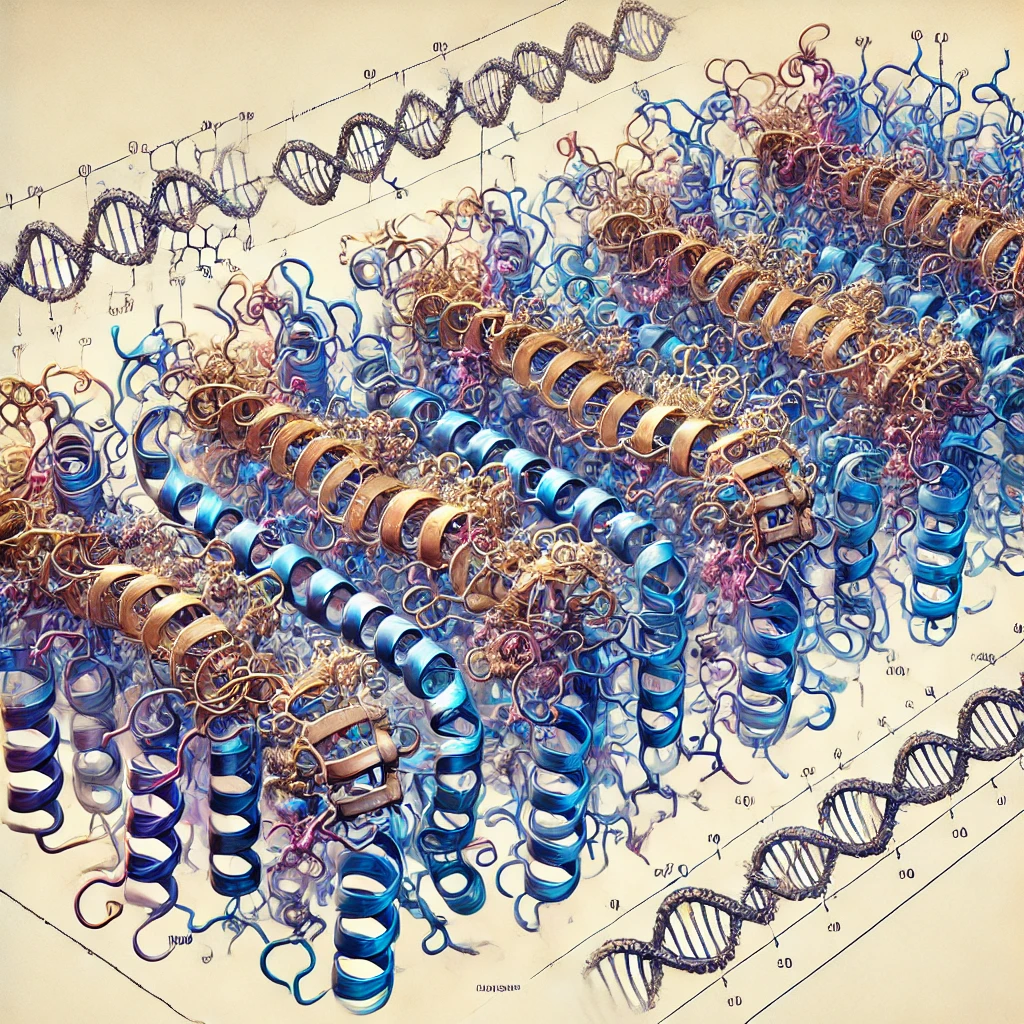
Think about this: There are more ways for a typical protein to fold than there are atoms in the observable universe. By a lot. Not twice as many — for a small 100 amino acid protein, we’re comparing roughly 1080 atoms in the universe to approximately 10300 possible configurations. For a single protein.
Yet somehow, proteins in your body are folding correctly, right now, in microseconds. Even more bizarrely: In 2022, DeepMind’s AlphaFold system essentially solved this seemingly impossible problem, releasing predictions for nearly all catalogued proteins known to science — over 200 million protein structures. But here’s the catch — we can’t really explain how it does it.
Let me explain why this is both amazing and concerning:
- The Scale of the Problem
o A typical protein has hundreds of amino acids
o Each amino acid can adopt multiple conformations based on its rotatable bonds
o For even a small protein, the number of possible configurations is astronomical
o Yet natural proteins find their correct fold reliably and quickly – this is Levinthal’s paradox - What Makes It Hard
o Real proteins fold in microseconds to milliseconds
o They have to somehow search an impossibly large configuration space
o They find the same final structure repeatedly and reliably
o This efficiency remained mysterious for decades - The AI Solution
o AlphaFold achieves atomic-level accuracy for many structures
o Its training database includes hundreds of thousands of known protein structures
o It dramatically outperforms previous computational methods
o But its decision-making process is distributed across millions of parameters - The Information Paradox
o We engineered the system that solved the problem
o We understand its training data and architecture
o We can verify its predictions experimentally
o But we cannot explain its internal decision process
o The solution exists in a mathematical space humans cannot visualize
This illustrates a profound shift happening in science. We’re entering an era where our most powerful scientific tools produce correct answers through processes we cannot fully comprehend.
This raises some fascinating questions:
• If we can’t understand how a solution works, do we truly understand the problem?
• As AI tackles more complex problems, will this become the norm?
• What are the implications for scientific understanding when our tools surpass our ability to comprehend them?
I find this especially intriguing as a physicist — it suggests we’re encountering fundamental limits not just in computation, but in human comprehension itself.